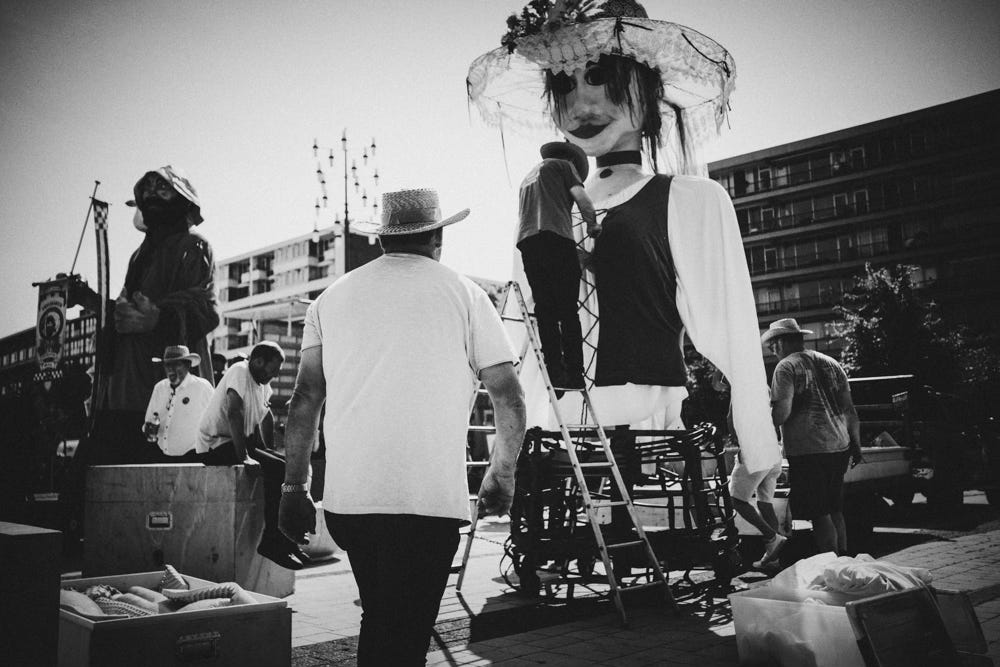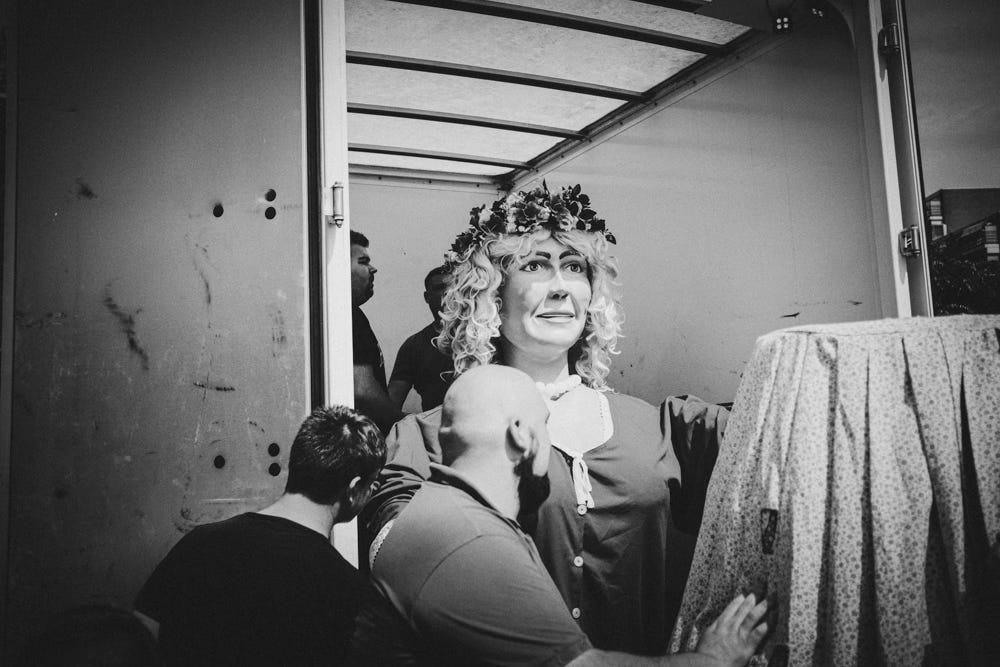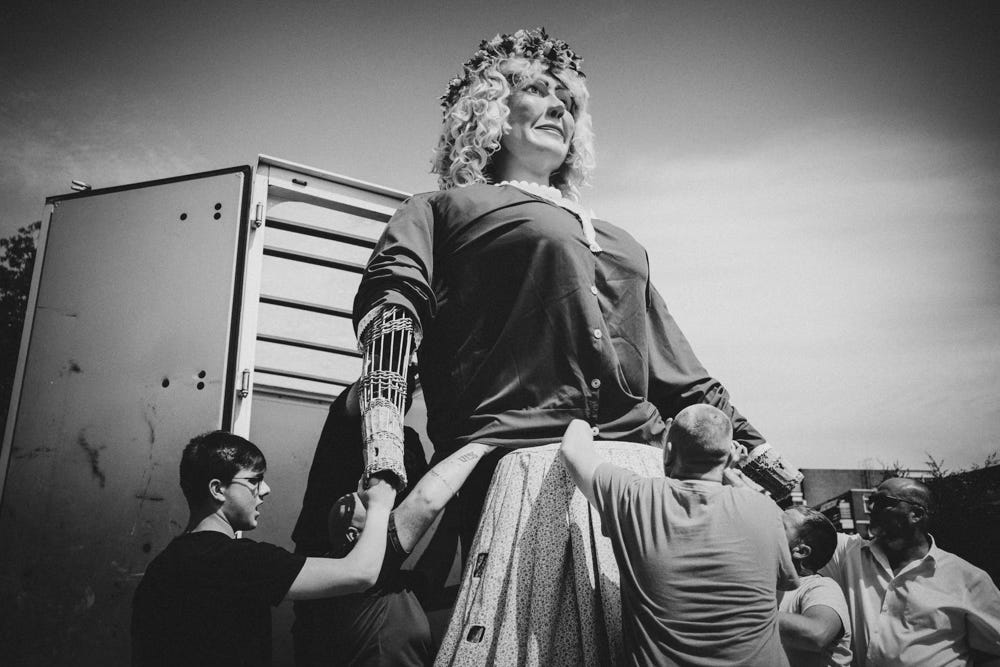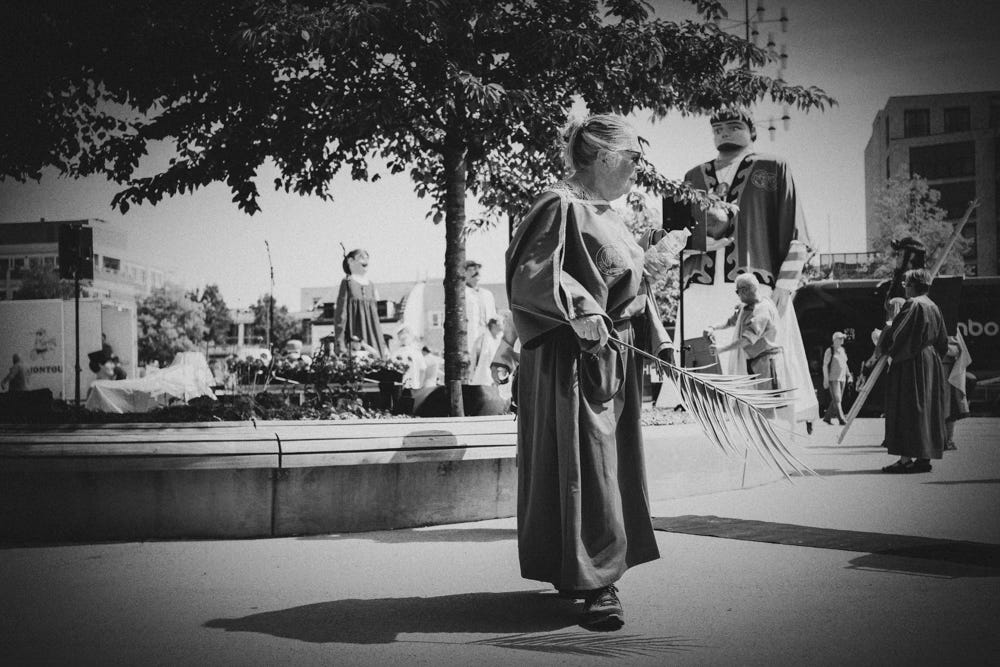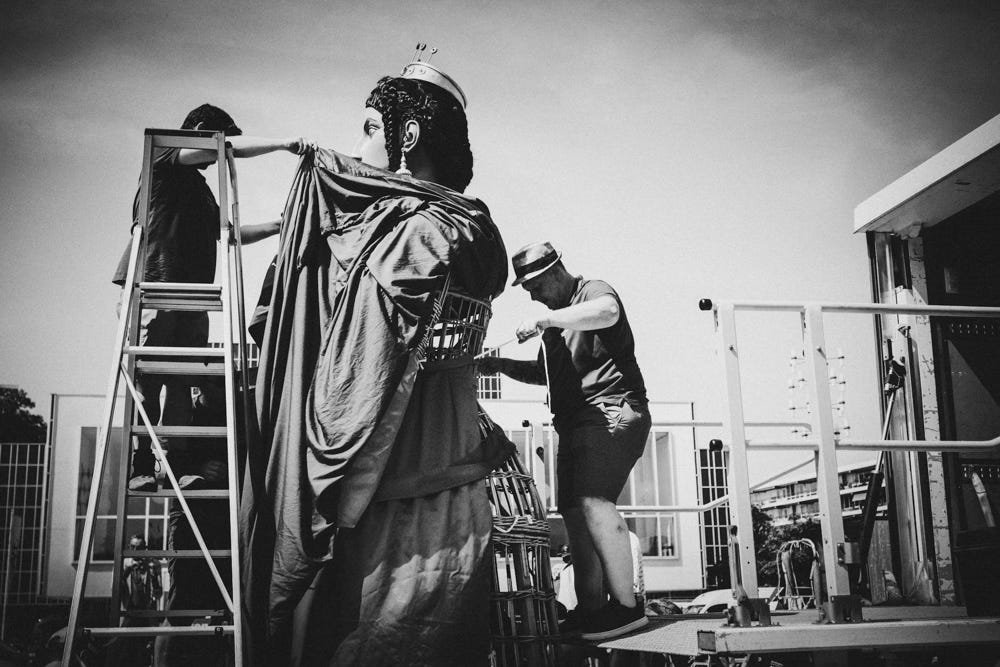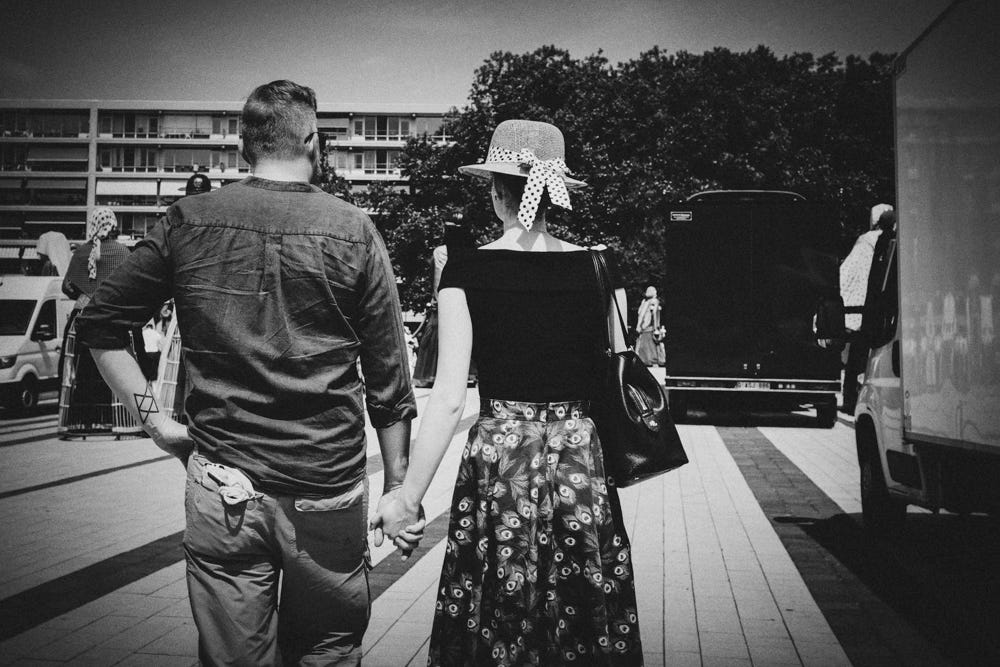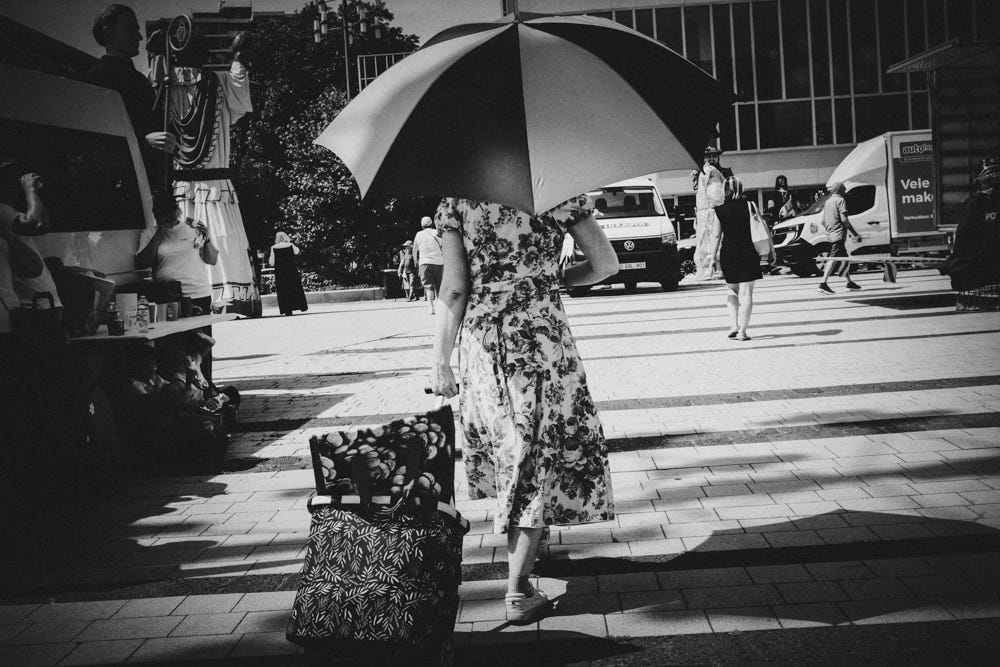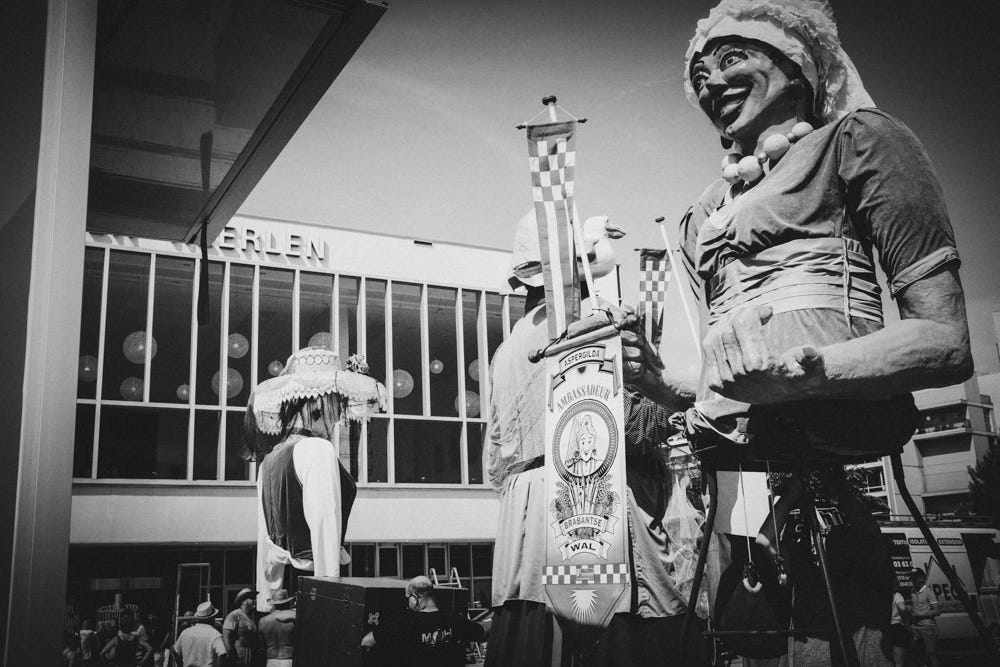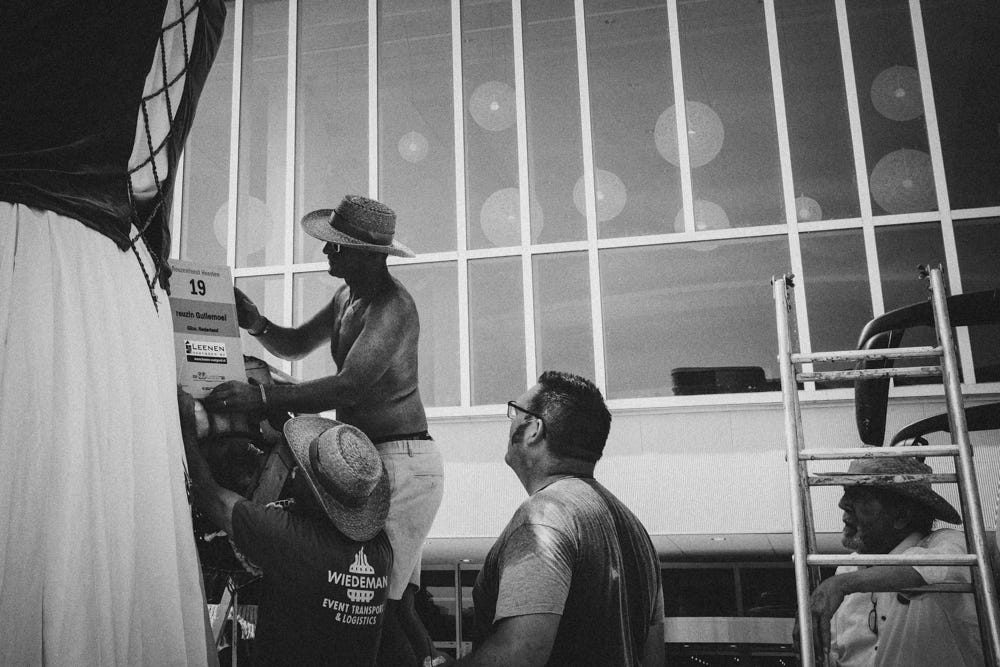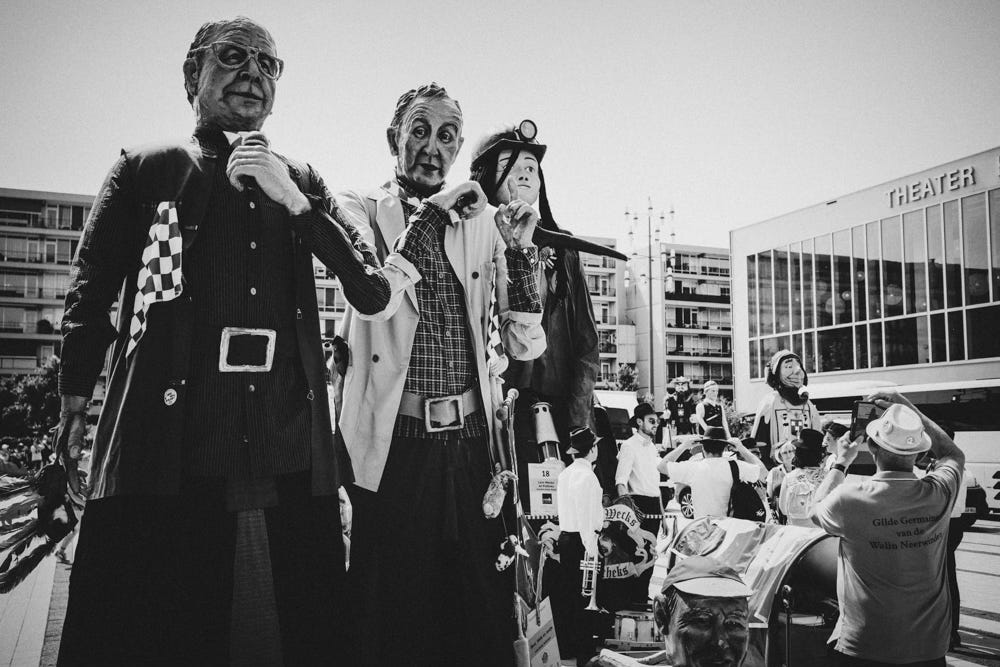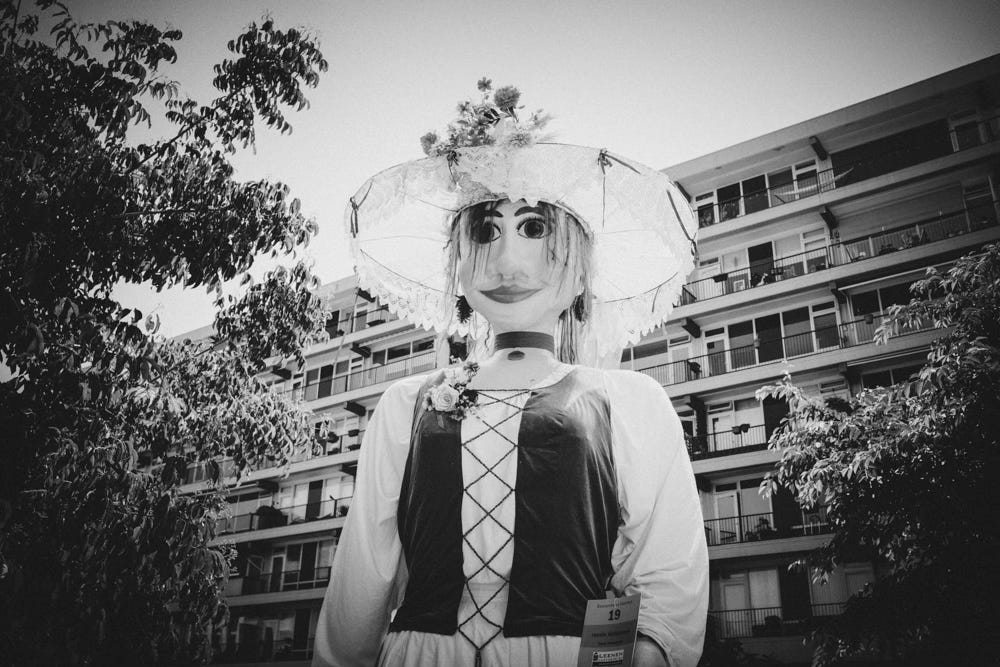In front of the theatre in Heerlen, towering figures are being assembled: giants made of papier-mâché and wood, often more than five meters tall. Colourful, expressive, and impossible to miss. These giants are not mere decorations, they are carriers of stories and traditions that have lived on in parts of Europe for centuries.
In Belgium, France, Spain, and the Netherlands, these giants are a vital part of local folk culture. They represent historical figures, mythical characters, or local heroes and play a central role in parades and celebrations. Belief in giants dates back centuries. The earliest myths can be traced to Celtic times, yet they still form a meaningful part of regional tradition today.
What makes these giants truly special is how they mirror human life: they are symbolically ‘born’, get married, and are even buried. These life events are often the reason for large public festivities, drawing big crowds and keeping this folklore vibrant and alive.
The organisation of such events is typically handled by a giants’ guild, a local association responsible for maintaining the figures and coordinating their appearances in processions and parades. This tradition is also alive in Heerlen. Recently, the city celebrated the wedding of Lucius, a 5.30-metre-tall giant based on a Roman potter from the ancient settlement of Coriovallum, the Roman name for Heerlen. Lucius symbolises the city’s Roman past and rarely appears in public, which made this wedding all the more special. The bride is giantess Amaka, for whom he is said to have once crafted a pottery jug.
As sweat drips down my back, it’s a sweltering 32 degrees, I watch Lucius and a colourful group of giants from across the Netherlands and Belgium slowly come to life. They’ve all come to Heerlen for this special occasion: giants like the graceful Gullemoei, the mining witch Leyn Wecks, and the duo Boel and Nölle.
The true power of these giants lies in how they bring the past to life. They make history visible and tangible, building bridges between generations, communities, and cultures without ever feeling outdated. Standing eye to eye with them may be impossible, but witnessing the blend of craftsmanship, symbolism, and celebration up close is an unforgettable experience I wouldn't have wanted to miss.




